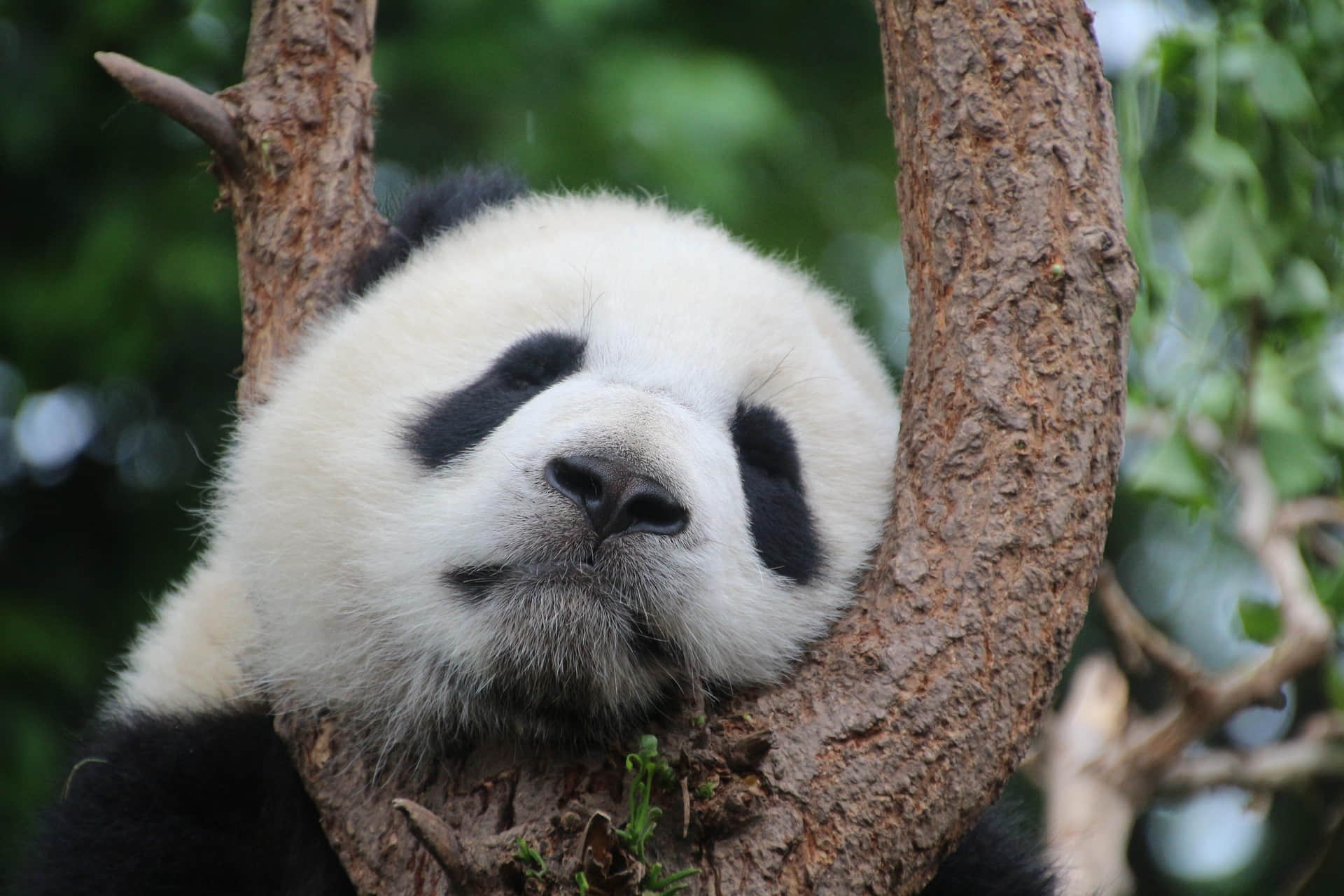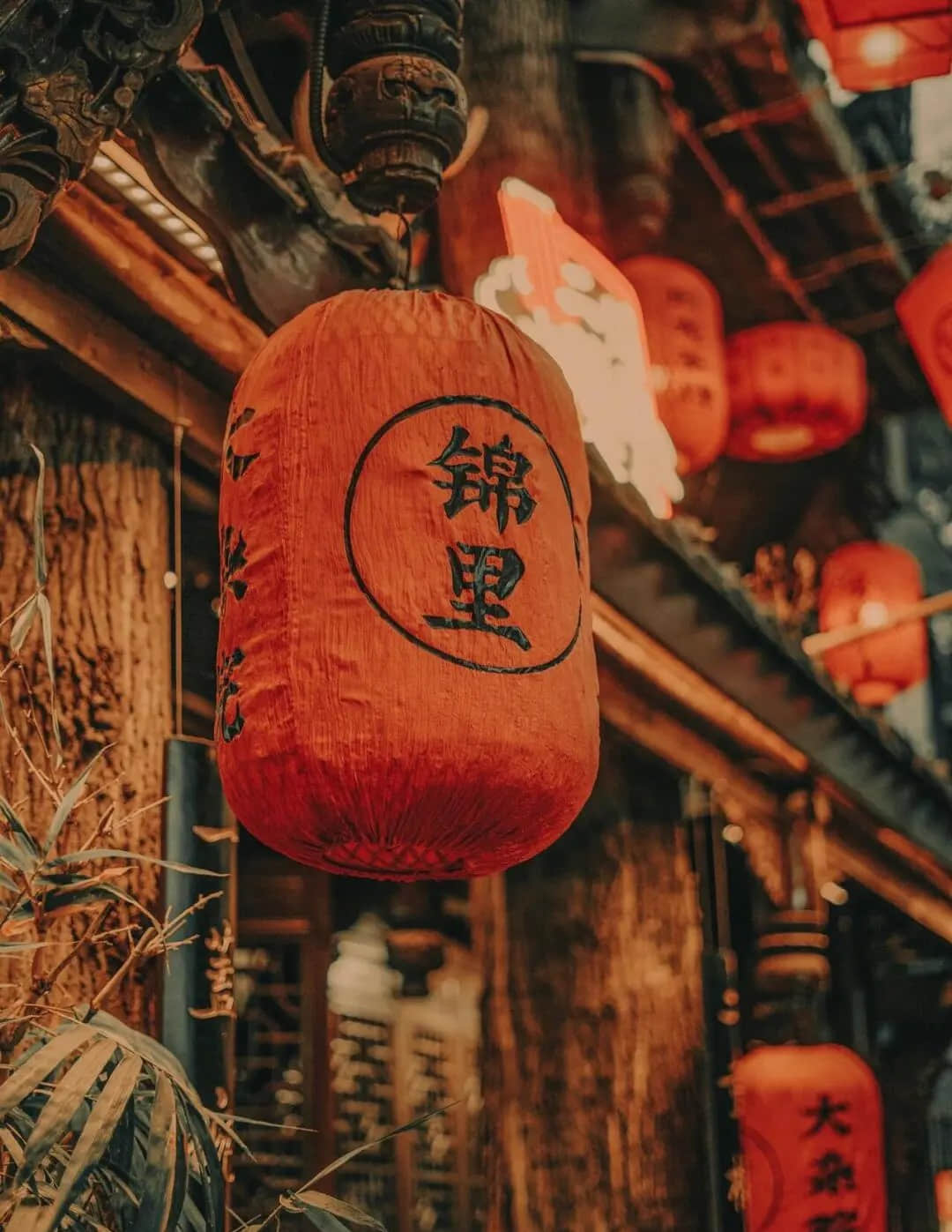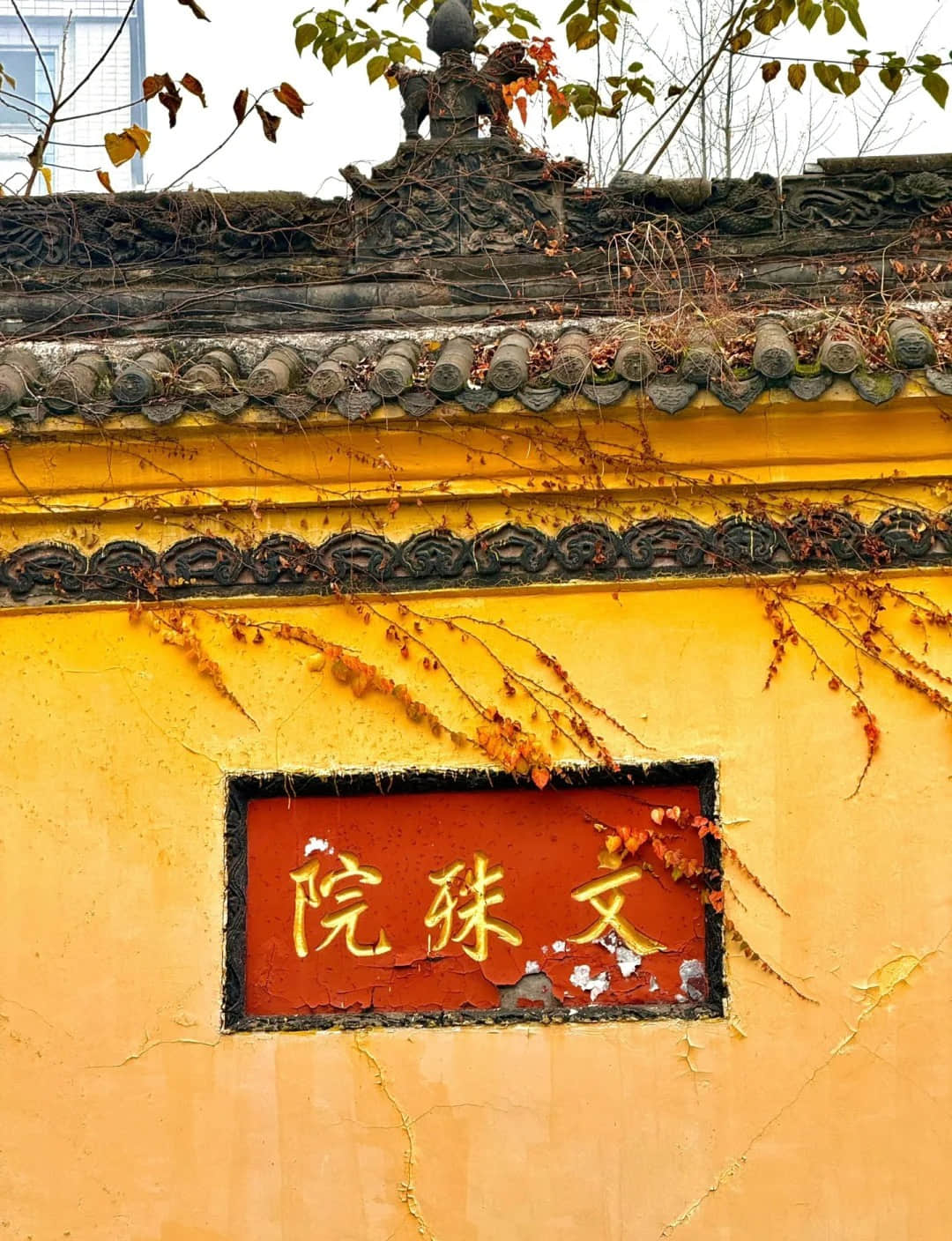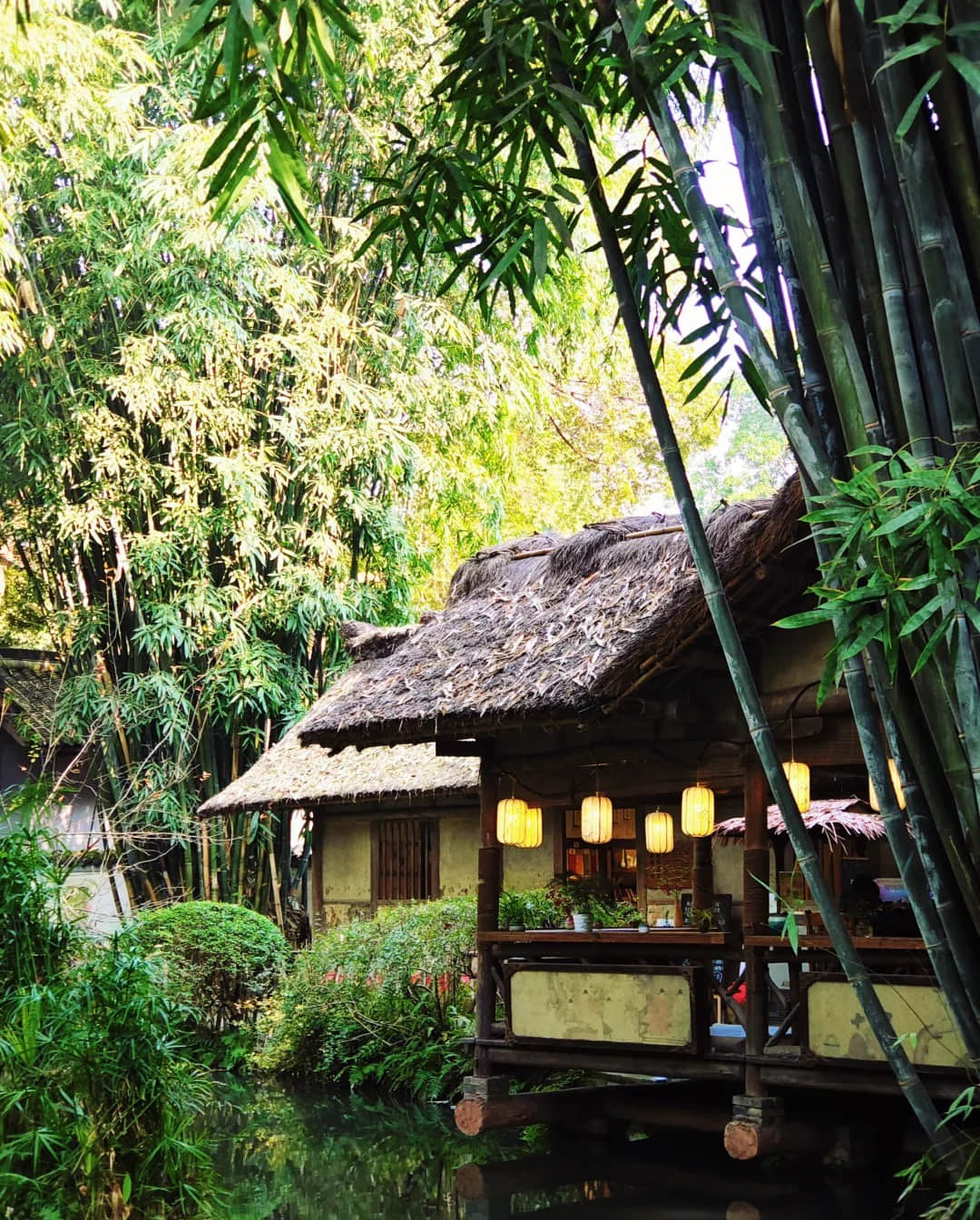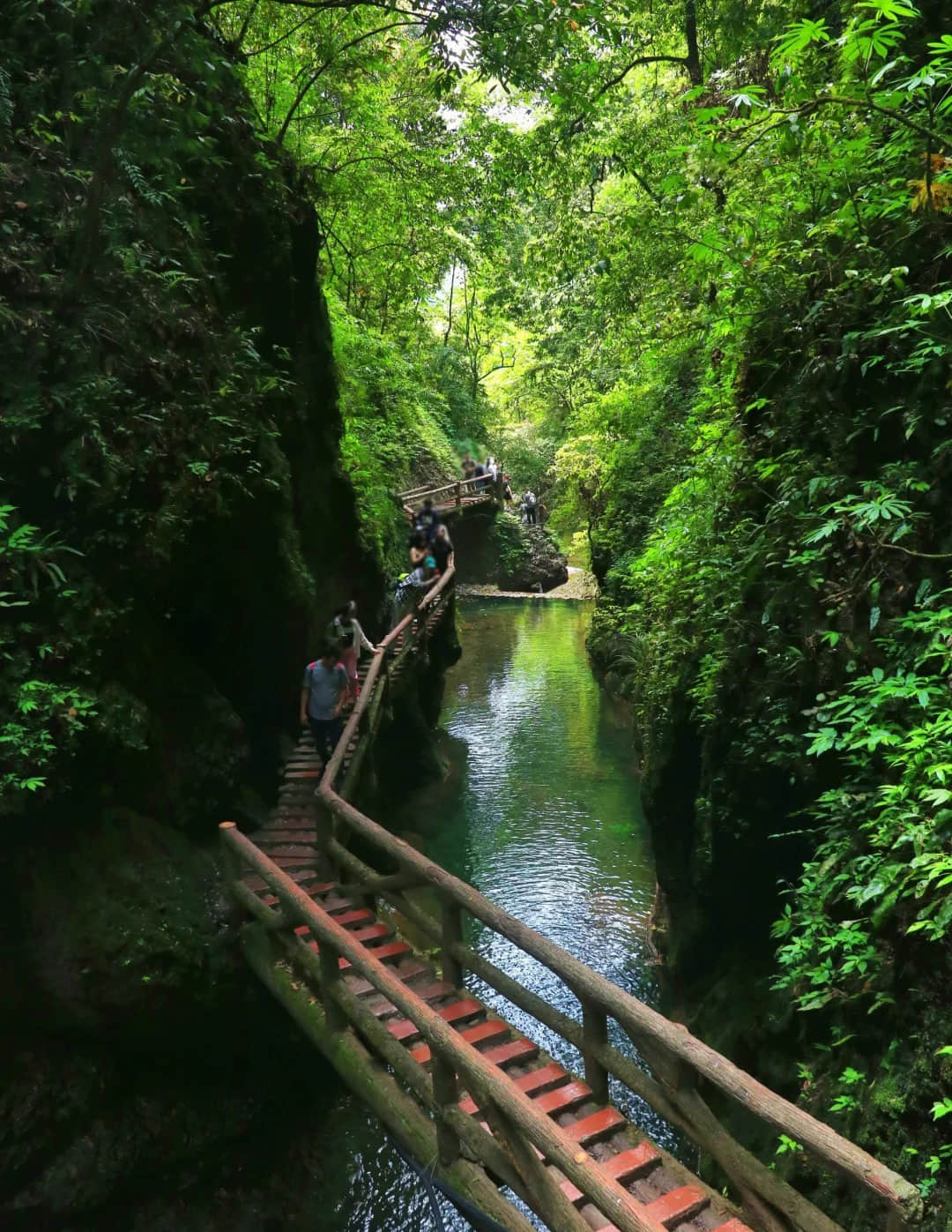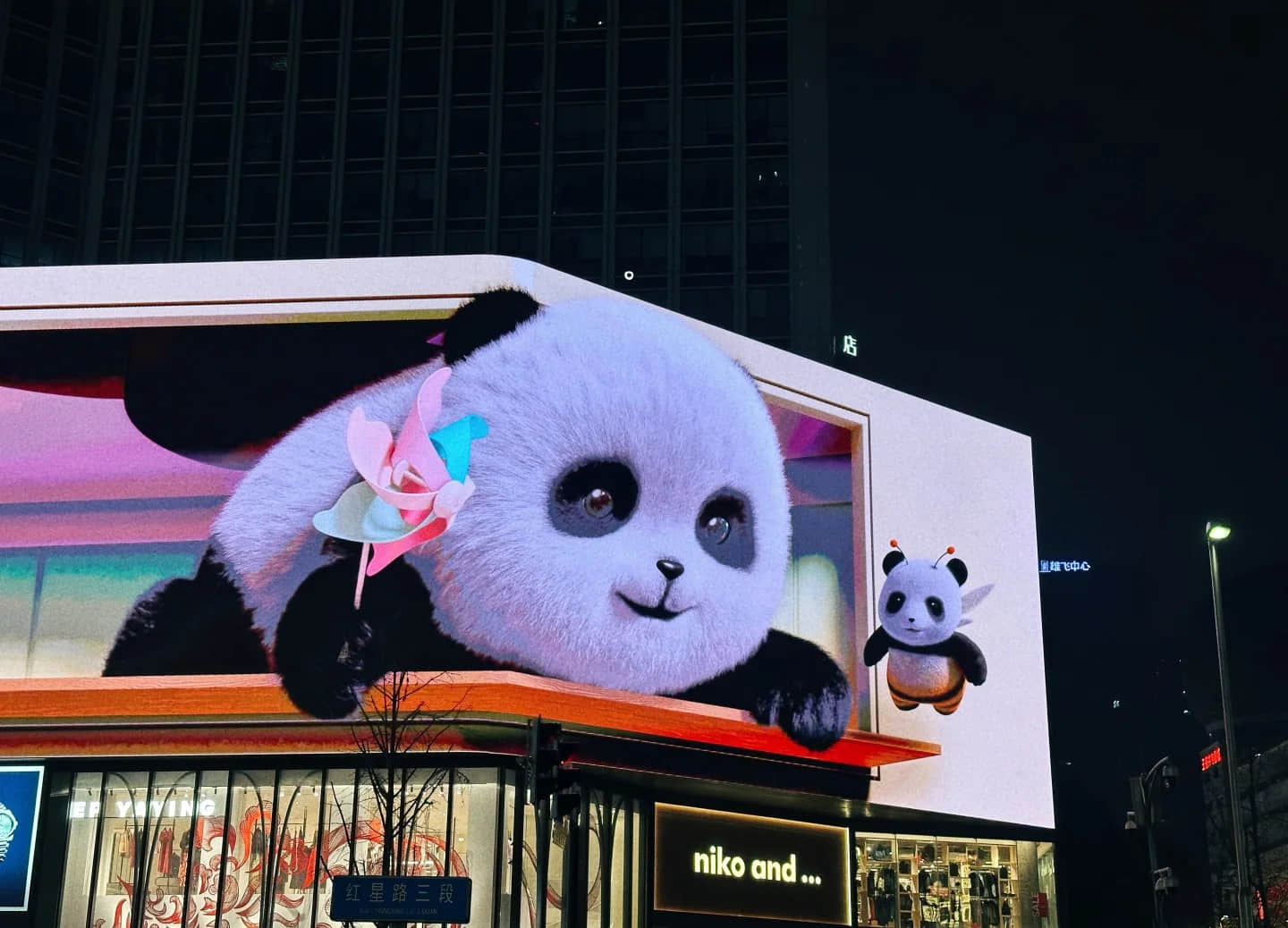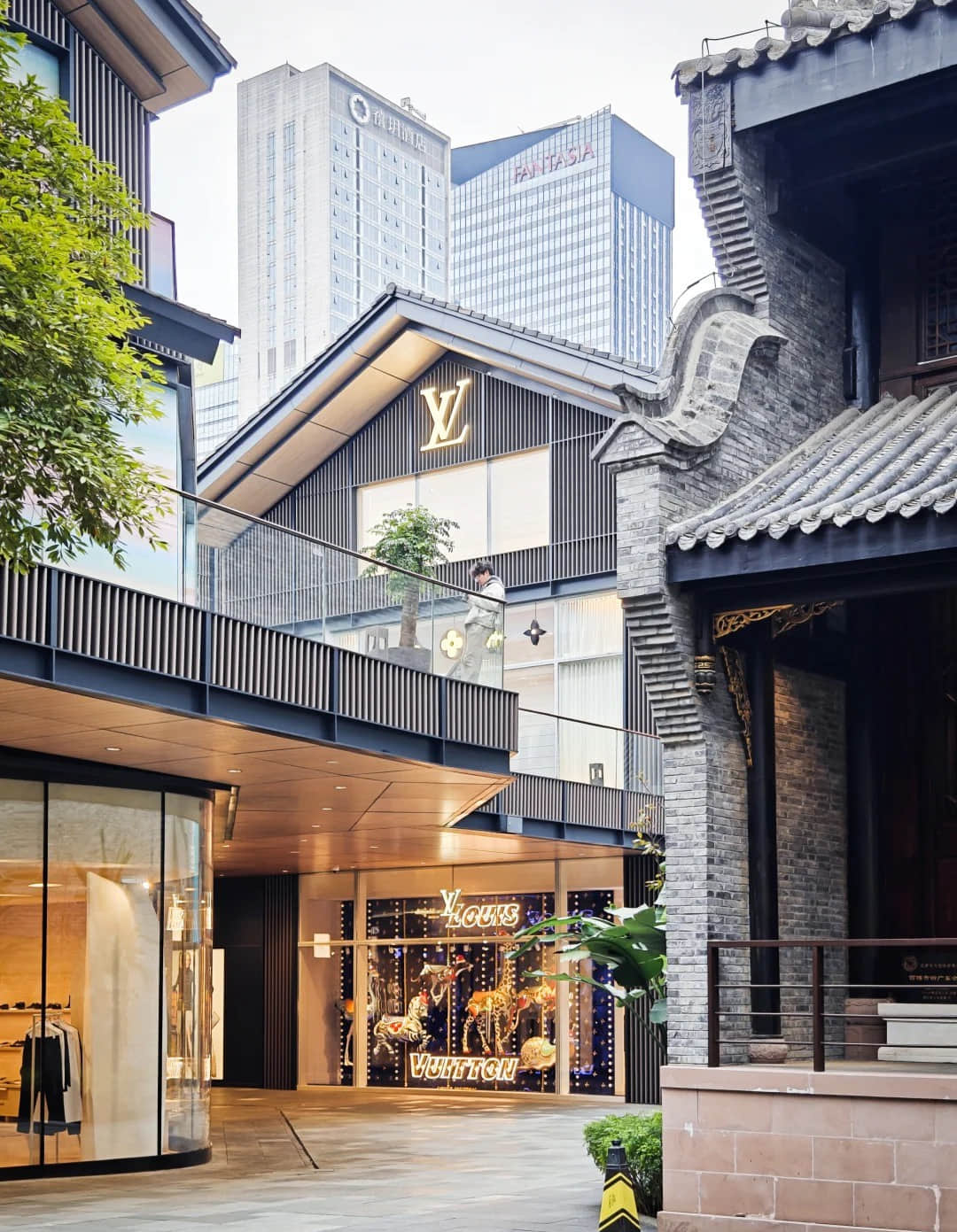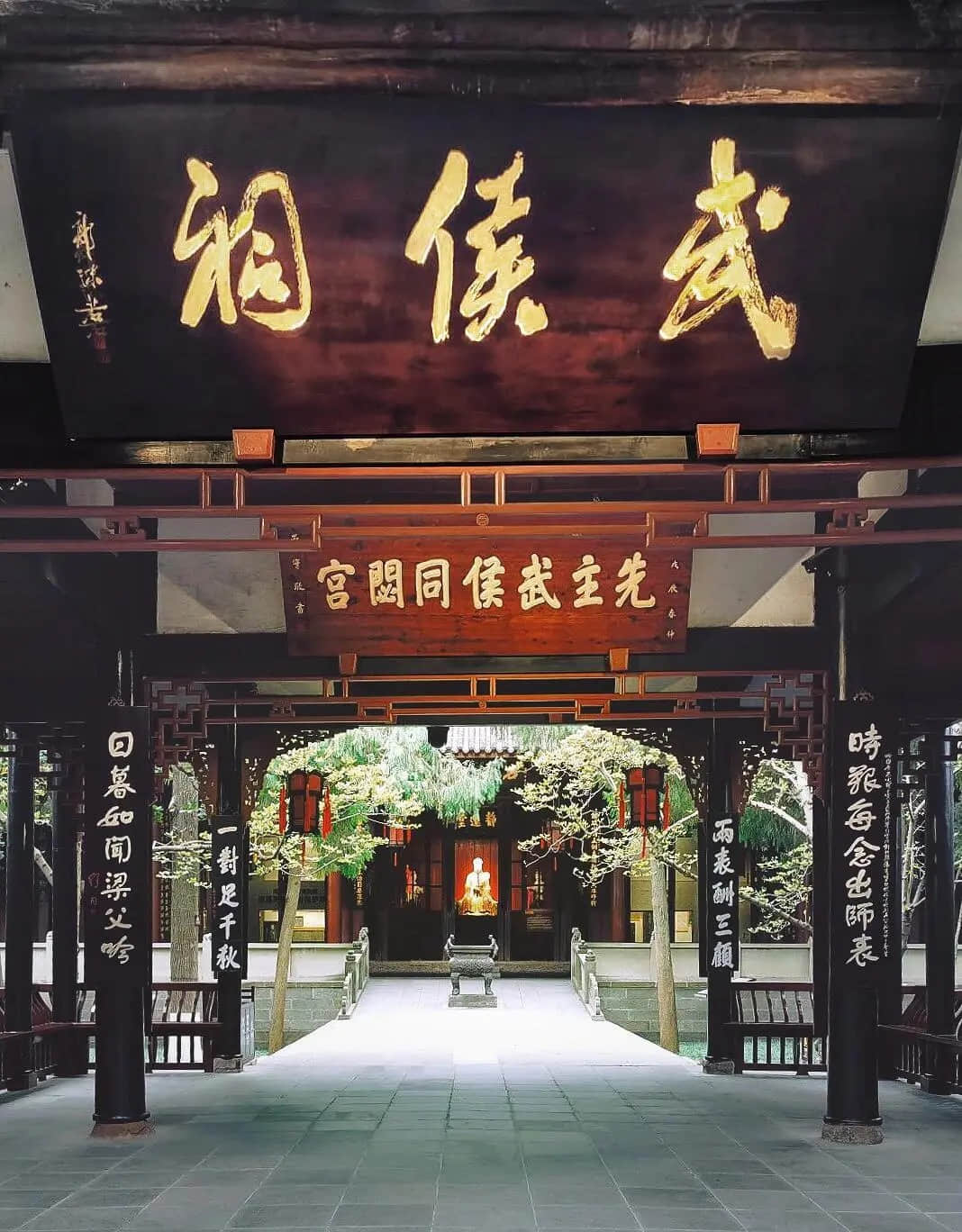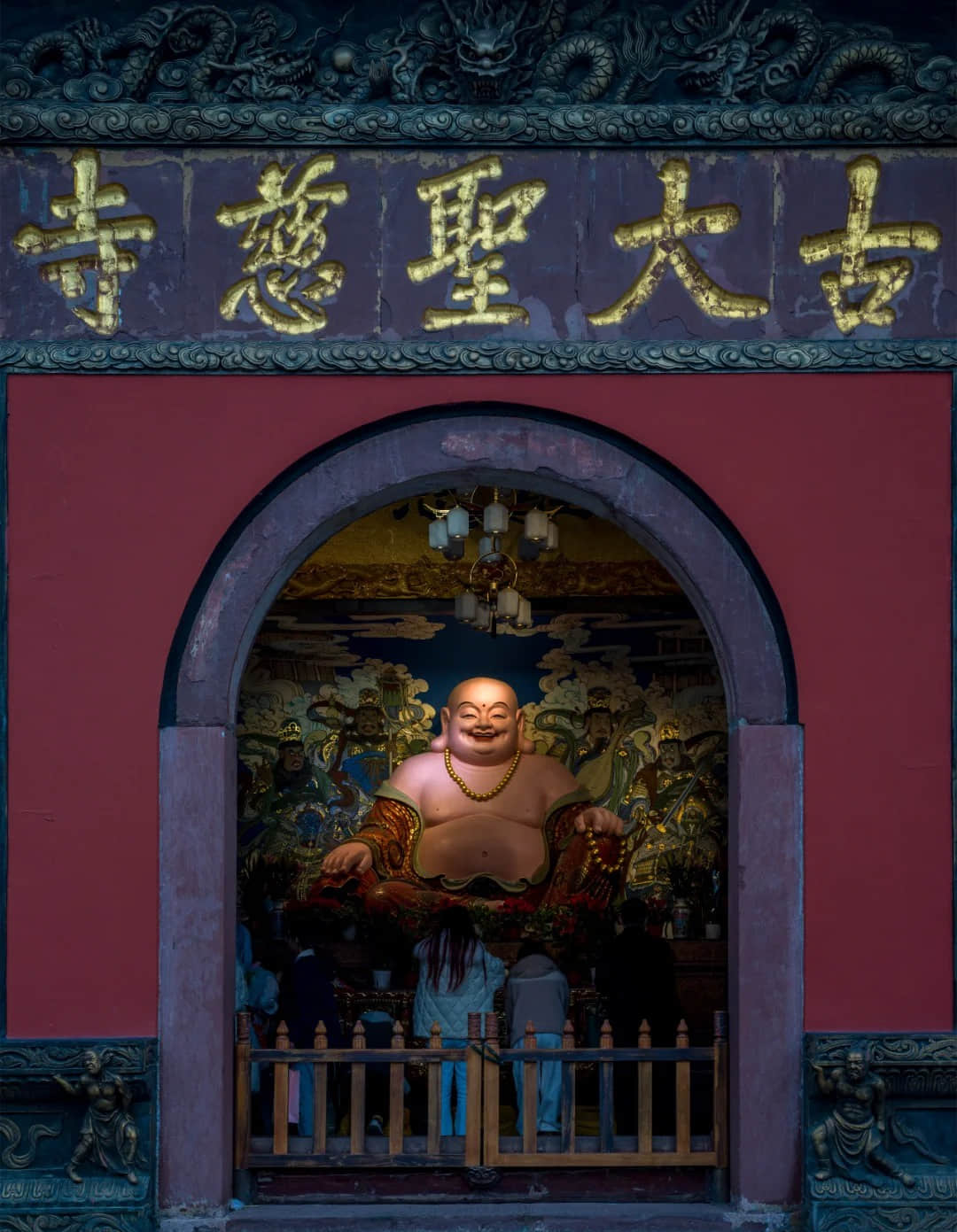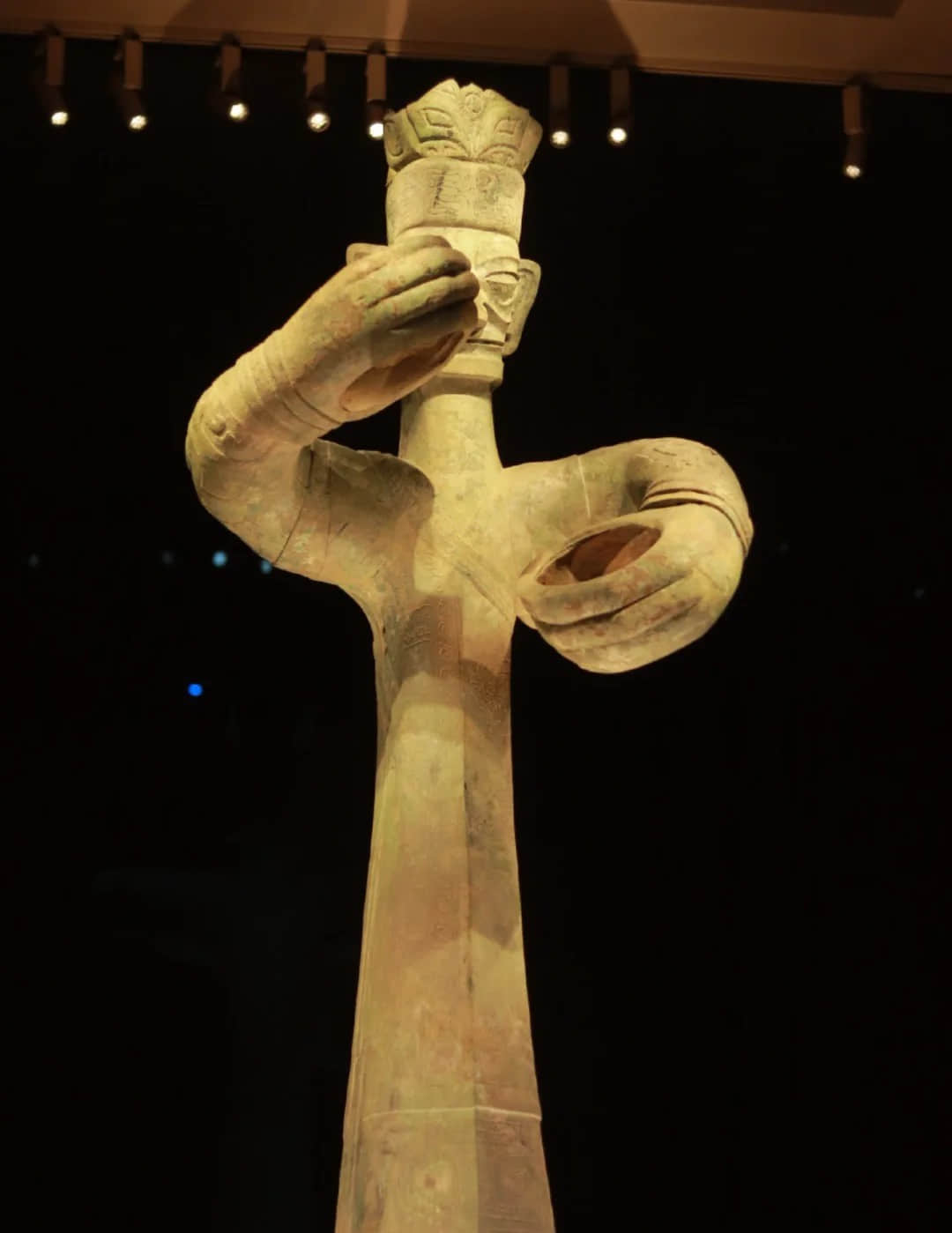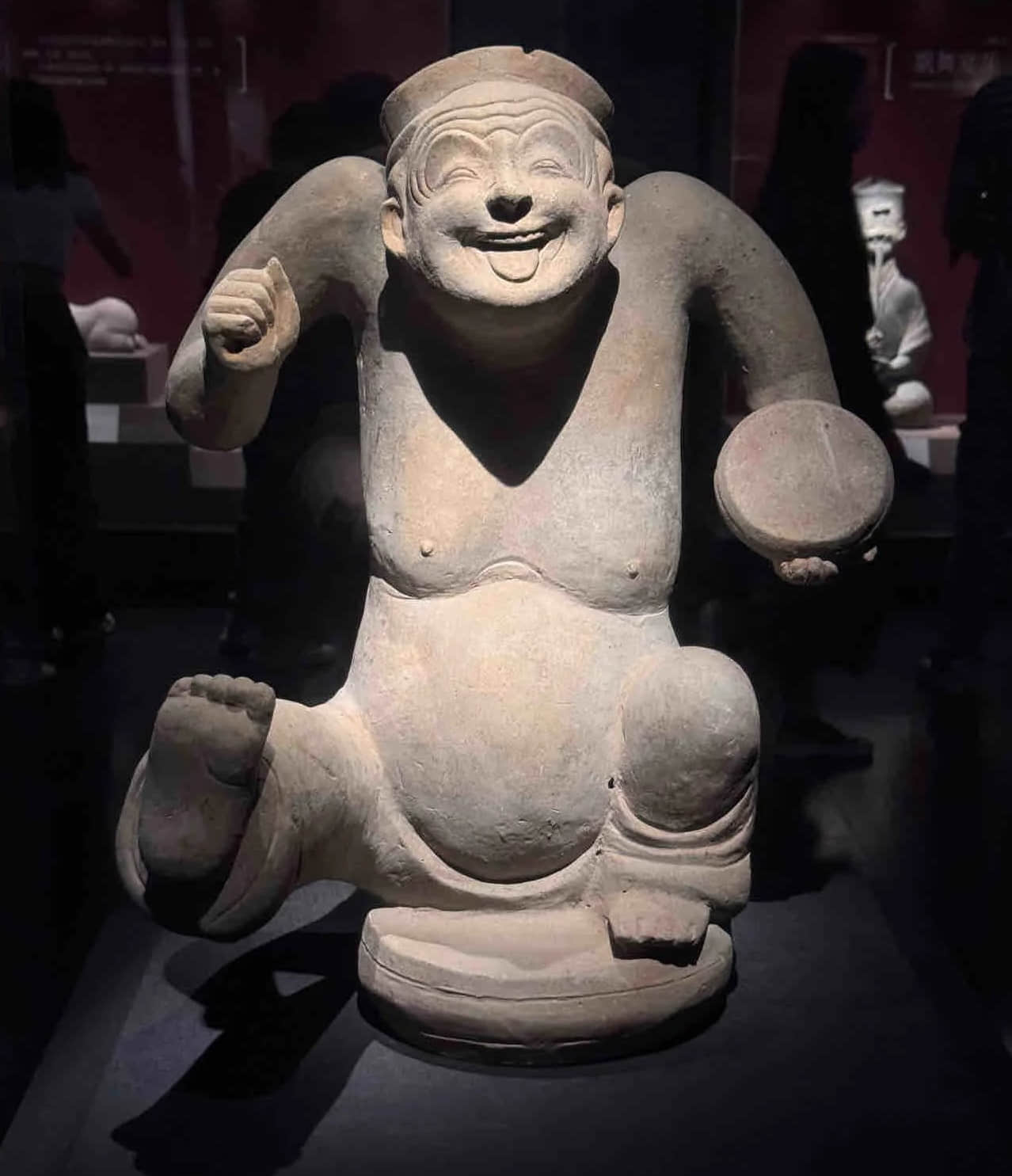Dujiangyan Irrigation System
The Dujiangyan Irrigation System, a UNESCO World Heritage site, stands as one of the oldest and most remarkable hydraulic engineering projects in the world. Built over 2,000 years ago during the Warring States Period, this ancient water conservation system continues to serve the Chengdu Plain, demonstrating the incredible wisdom of ancient Chinese engineering.
Essential Information
Admission
- Adult ticket: ¥80
- Opening hours:
- Summer (Apr-Oct): 8:00 - 18:00 (last entry 17:30)
- Winter (Nov-Mar): 8:00 - 17:30 (last entry 17:00)
Best Time to Visit
- Spring (Mar-May): Comfortable temperatures with blooming flowers
- Autumn (Sep-Nov): Pleasant weather with golden ginkgo leaves
- Summer (Jun-Aug): Hot but impressive water flow
- Winter (Dec-Feb): Cold but fewer crowds
Getting There
- High-speed Rail: Take the train from Chengdu Xipu Station to Dujiangyan Station (30 minutes)
- Bus: Regular buses from Chengdu Chaodianzi Bus Station to Dujiangyan (1.5 hours)
- Tourist Bus: Available from major Chengdu attractions like Wide and Narrow Alleys, Jinli Street, and Wuhou Temple
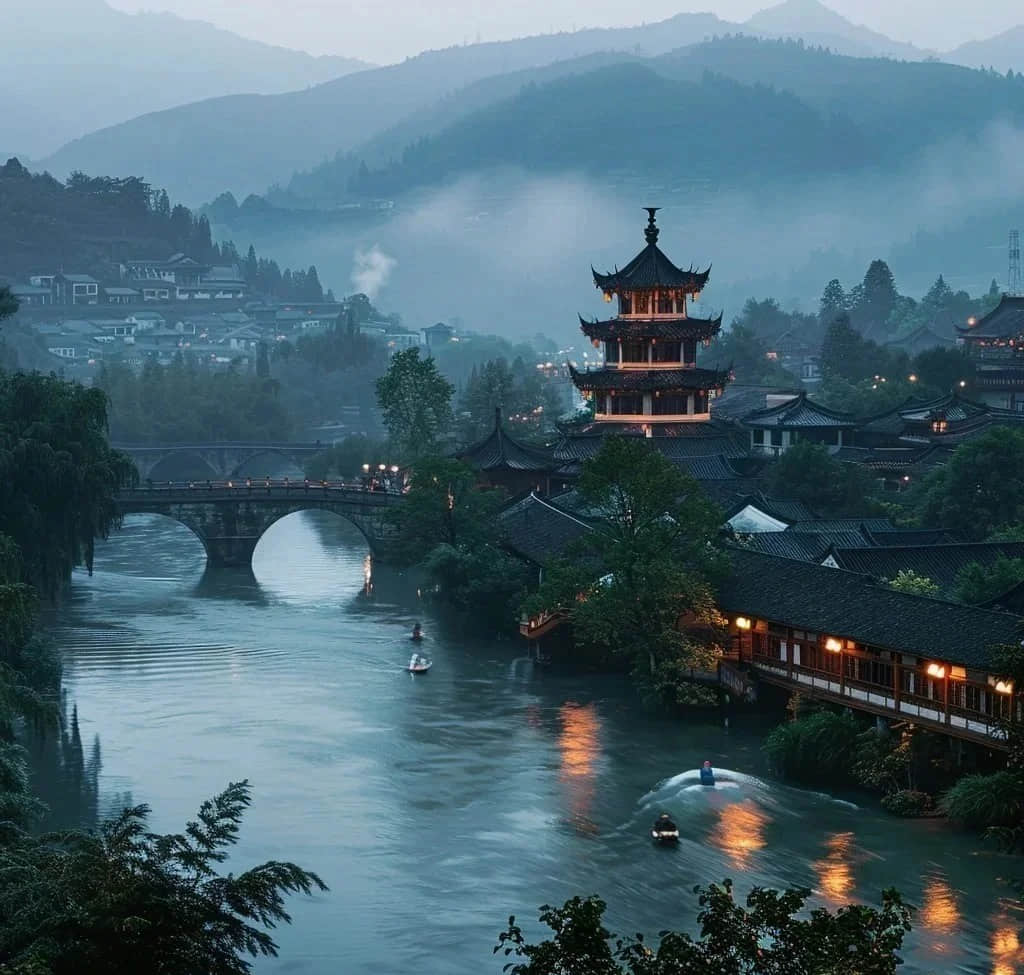
Main Attractions
Fish Mouth Levee (Yuzui)
The Fish Mouth Levee is the heart of the irrigation system, ingeniously dividing the Min River into inner and outer streams. The inner stream provides water for irrigation, while the outer stream manages flood control. This remarkable feat of engineering demonstrates the ancient Chinese understanding of hydraulics and river management.
Bottle-Neck Channel (Baopingkou)
Named for its bottle-neck shape, this artificial channel controls water flow into the inner stream. The narrow design helps regulate water volume and speed, ensuring stable water supply throughout the year. Ancient water level markers can still be seen on the rock walls during low water periods.
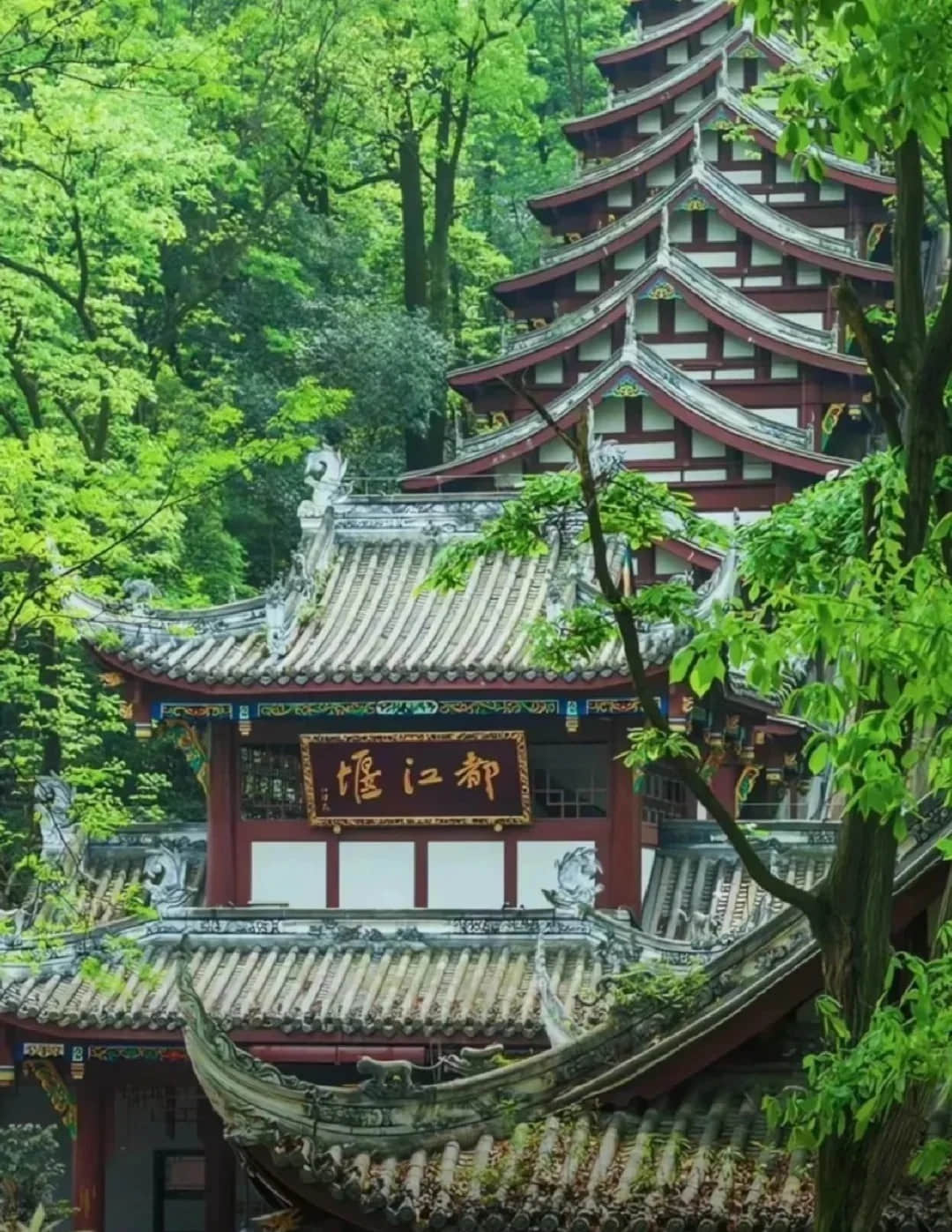
Flying Sand Fence (Feisha)
The Flying Sand Fence is a crucial component that manages sediment flow. During flood seasons, excess water and sediment are diverted to the outer stream, preventing siltation in the irrigation channel. This innovative design has helped maintain the system's effectiveness for over two millennia.
Erwang (Two Kings) Temple
This magnificent temple honors Li Bing and his son, the engineers behind the Dujiangyan system. The temple complex features traditional Sichuan architecture and houses historical artifacts related to the irrigation system's construction and maintenance.
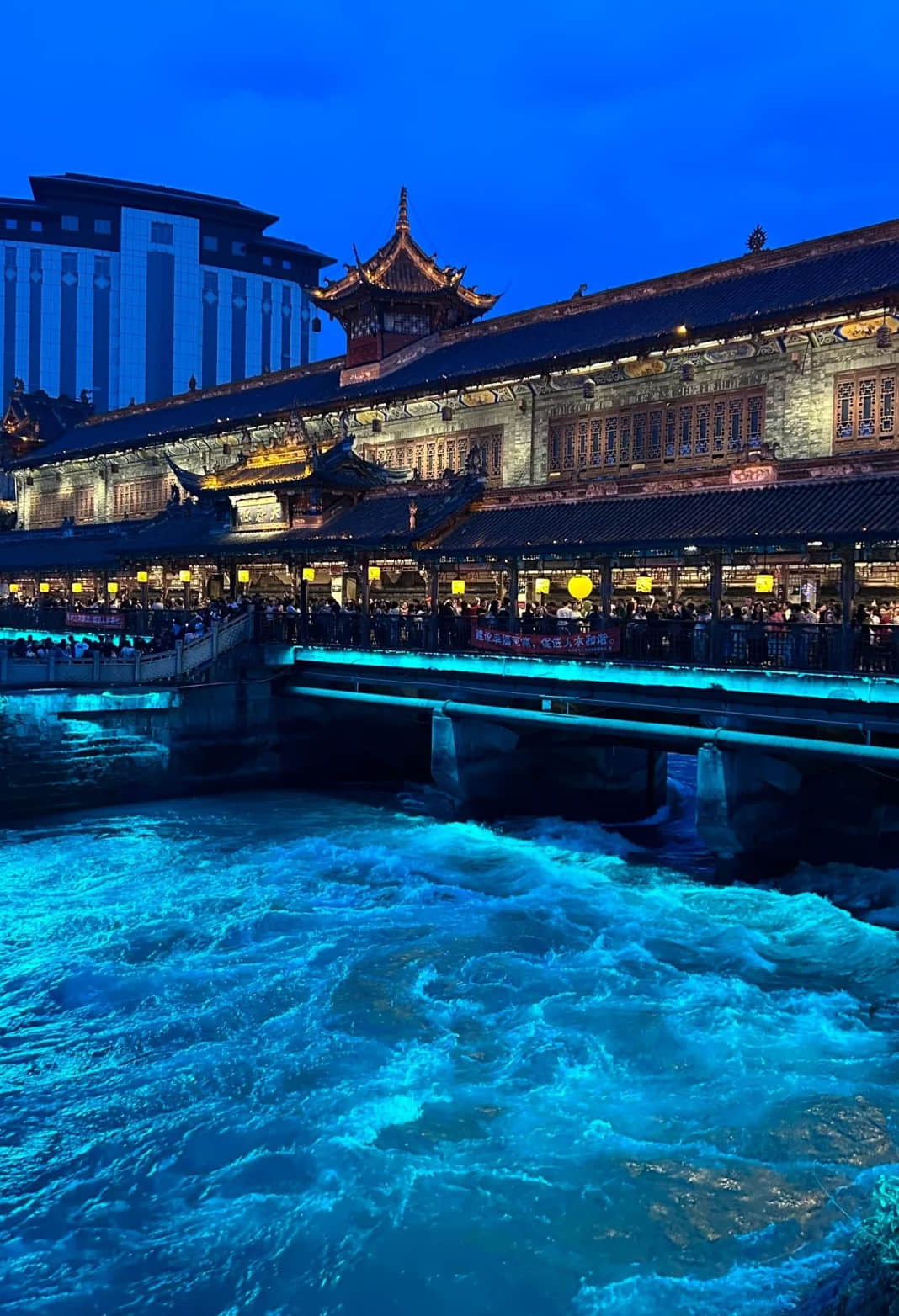
Anlan Bridge
The historic Anlan Suspension Bridge spans the Min River, offering spectacular views of the water system. This traditional bridge combines practical functionality with aesthetic beauty, making it a popular spot for photography.
Recommended Routes
Half-Day Route
- Enter through Lidui Park
- Visit Erwang Temple
- Cross Anlan Bridge
- Explore Fish Mouth Levee
- View Flying Sand Fence
- Observe Bottle-Neck Channel
- Exit through Lidui Park
Full-Day Route
Morning:
- Start at Lidui Park
- Visit Erwang Temple
- Cross Anlan Bridge
- Explore Fish Mouth Levee
Afternoon:
- View Flying Sand Fence
- Observe Bottle-Neck Channel
- Climb to Fulonguan
- Visit Yulei Pavilion
- Explore Ancient Streets
Local Cuisine
Popular Restaurants
- Qingcheng Mountain Restaurant: Famous for traditional Sichuan dishes
- Lidui Park Food Street: Various local snacks and specialties
Must-Try Dishes
- Dujiangyan Fermented Rice Soup (醪糟粉子)
- Sichuan-style Rabbit (兔丝)
- Local Rice Noodles (米粉)
- Traditional Tea Snacks
Tips for Visitors
Essential Tips
- Wear comfortable walking shoes as the site involves significant walking
- Bring sun protection and water, especially in summer
- Allow at least 4-5 hours for a proper visit
- Consider hiring a guide to better understand the engineering features
- Visit early morning to avoid crowds and heat
Photography Spots
- Fish Mouth Levee during morning hours
- Anlan Bridge for panoramic views
- Erwang Temple's traditional architecture
- Bottle-Neck Channel during water release
- Yulei Pavilion for cityscape views
Weather Considerations
- Spring and autumn are ideal for comfortable temperatures
- Summer brings occasional rain - bring umbrella
- Winter can be chilly but offers clearer views
- Check weather forecast before visiting
